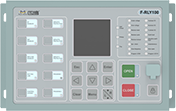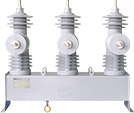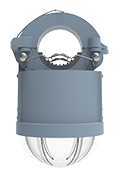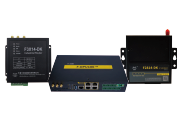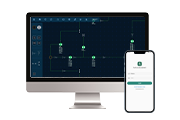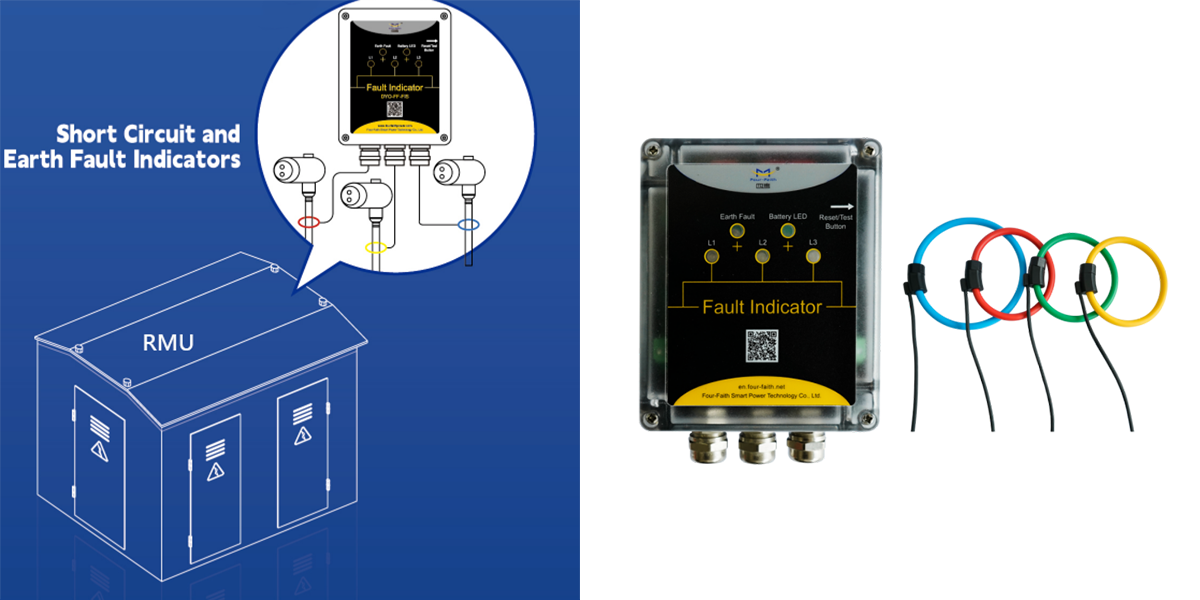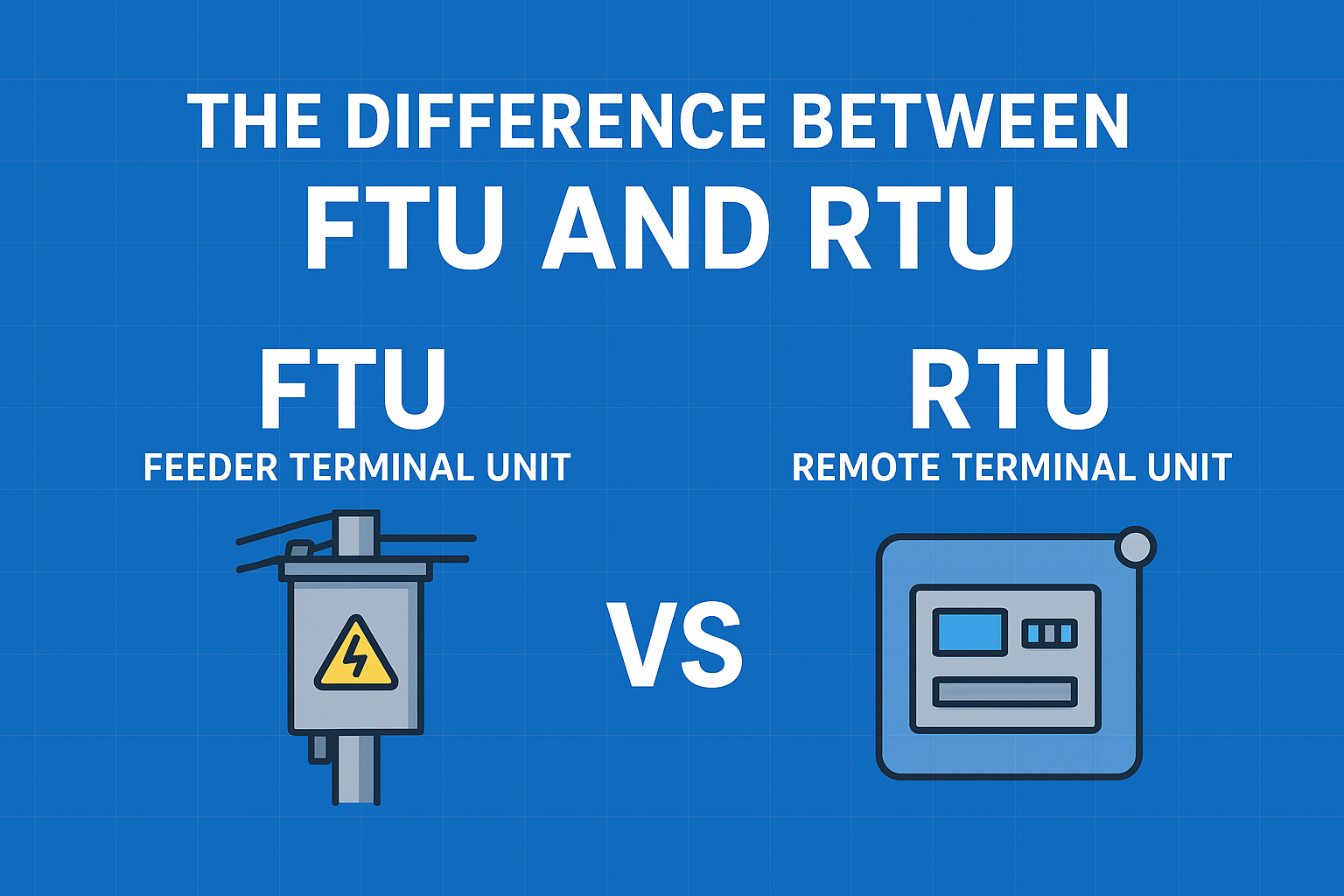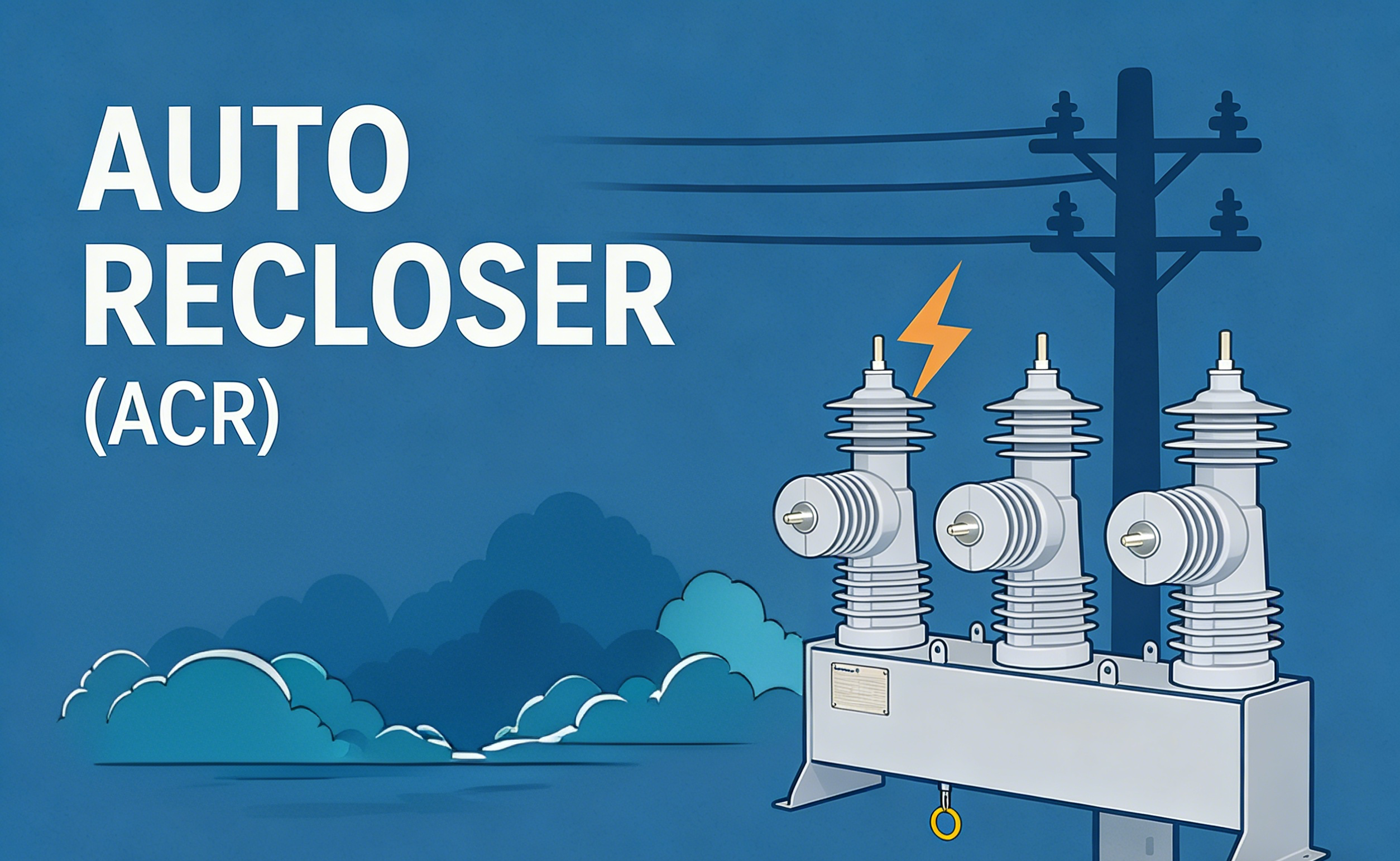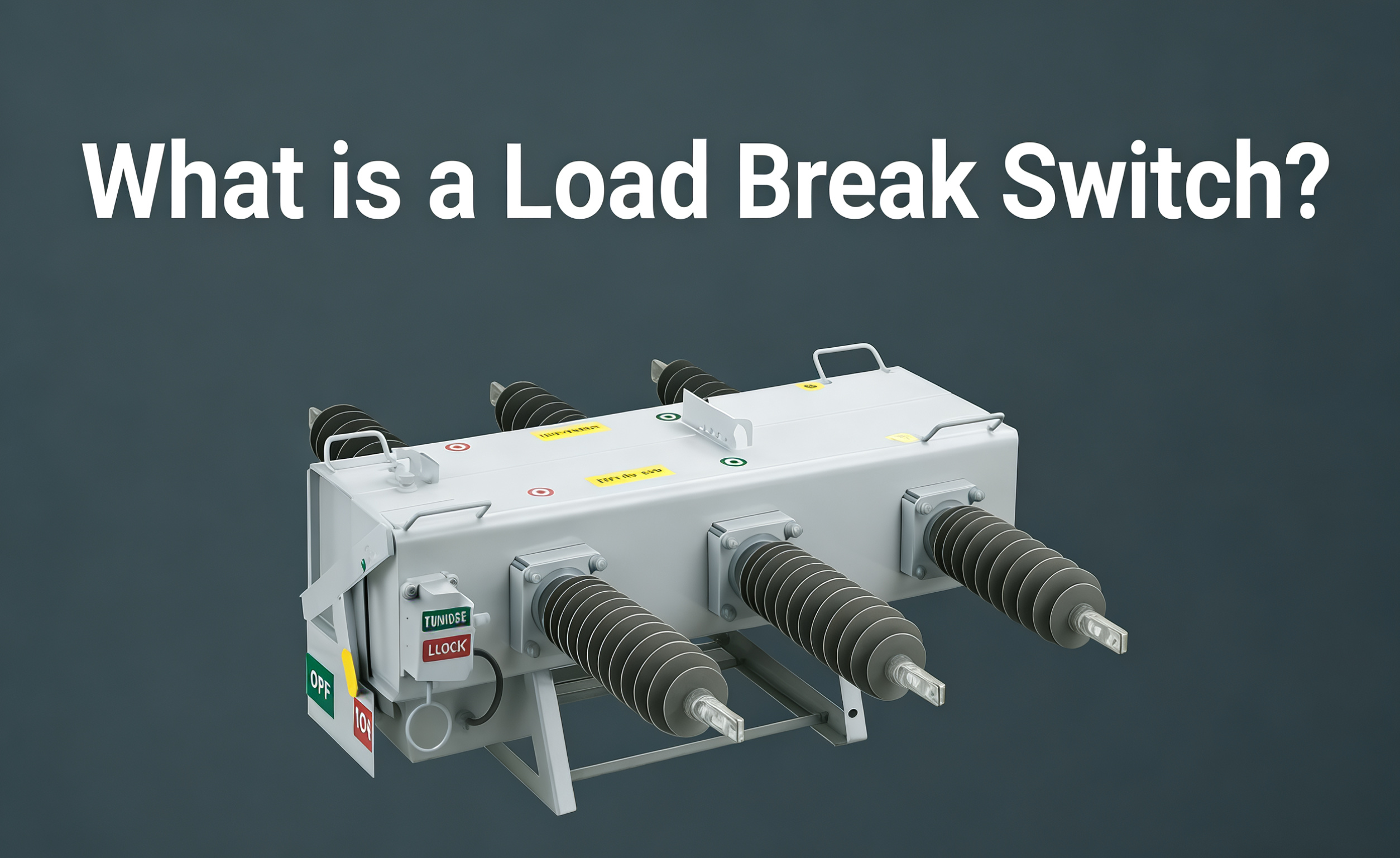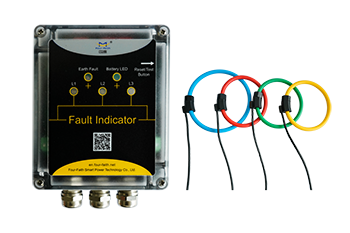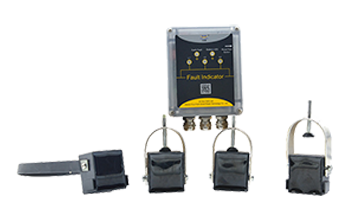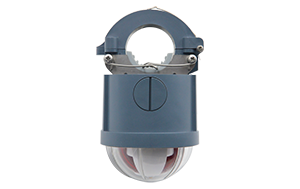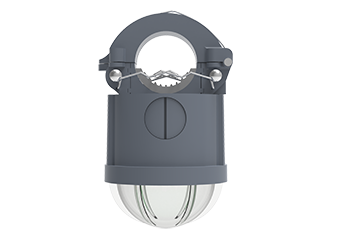News
Where is the underground cable fault indicator installed?
1、The fault indicator is an intelligent monitoring device installed on power lines (such as cables, overhead lines) or electrical equipment. It is used to quickly detect, locate and indicate faults in the power system (such as short circuits, ground faults, etc.), helping operation and maintenance personnel to quickly troubleshoot fault points and shorten power outages.
2、Underground cable installation
Four-Faith Underground Cable Fault Indicator DYO-FF can be installed in 5-38KV medium voltage underground cable lines, suitable for neutral point direct grounding/neutral point resistance grounding system, and can be installed in the following locations:
Ø Cable branch box
Ø Ring main unit
Ø Key nodes of long-distance trunk cables
Ø Branch cables (connection points of switch cabinets)
Ø Cable joints (fault-prone areas such as T-junction boxes)
Installed at the location of each phase of the cable branch box, it can mark the faulty branch line; installed at the middle joint of the cable, it can locate the breakdown or poor contact fault at the joint; installed at the cable terminal (at the transformer or switch cabinet), it can distinguish whether the fault comes from the transformer side or the line side;
Installation Diagram
[Substation] ----(Backbone cable)---- [Branch Box●FI] ----(Branch Road1)---- [user1]
|
----(Branch Road2●FI)---- [Fault point]
(●FI:Fault indicator installation point)
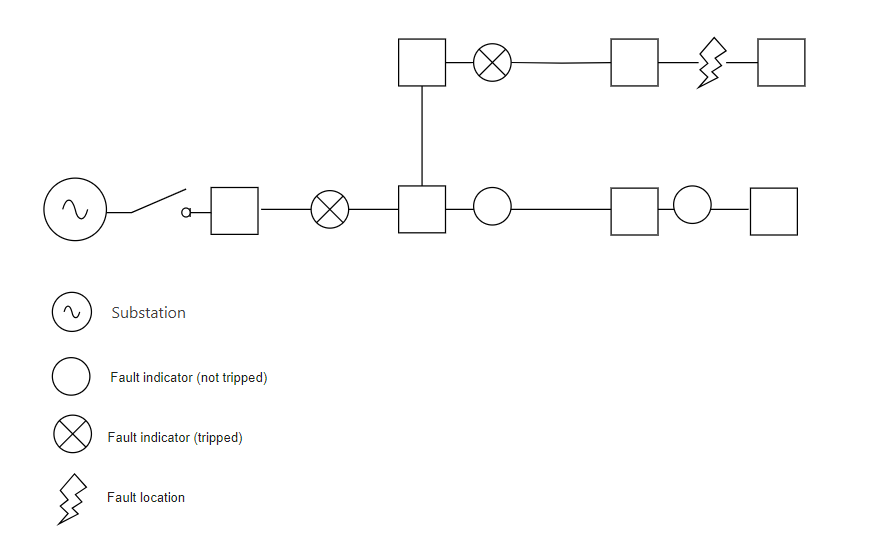
Four-Faith underground cable fault indicator DYO-FF supports DI remote input and DO auxiliary contact output. After the fault indicator detects a fault, it automatically notifies SCADA through the contact and RS485 interface, uploads the fault section to the operation and maintenance personnel, quickly generates emergency repair information, reduces power outage time, and provides guarantee for the stable operation of public utility power.

